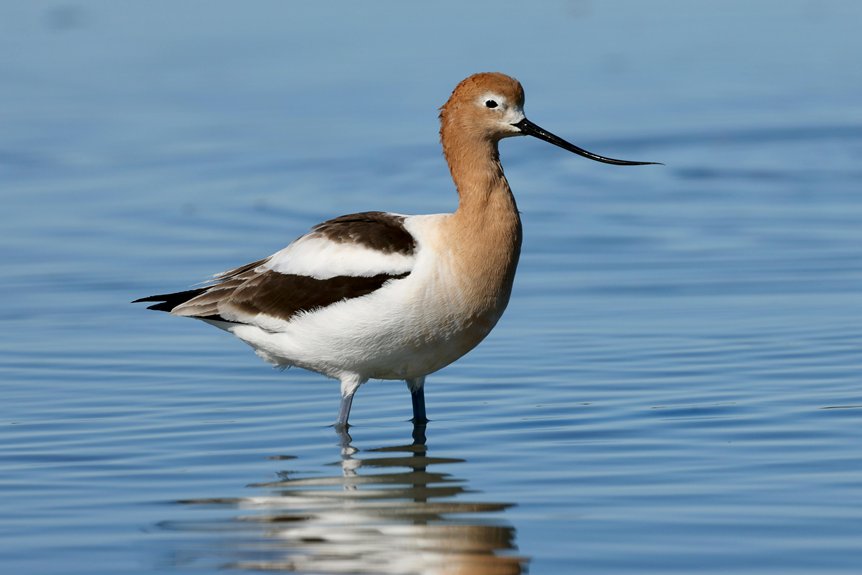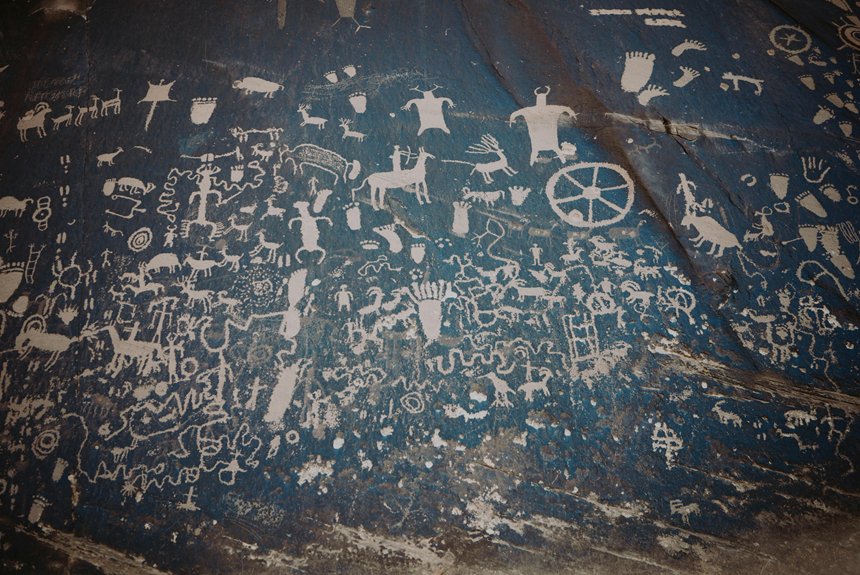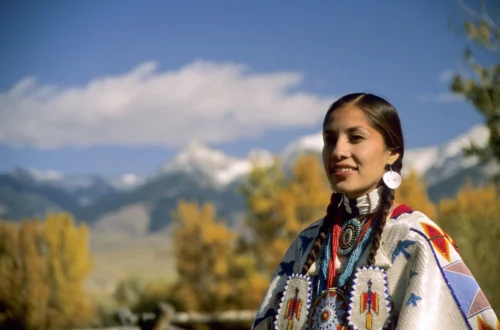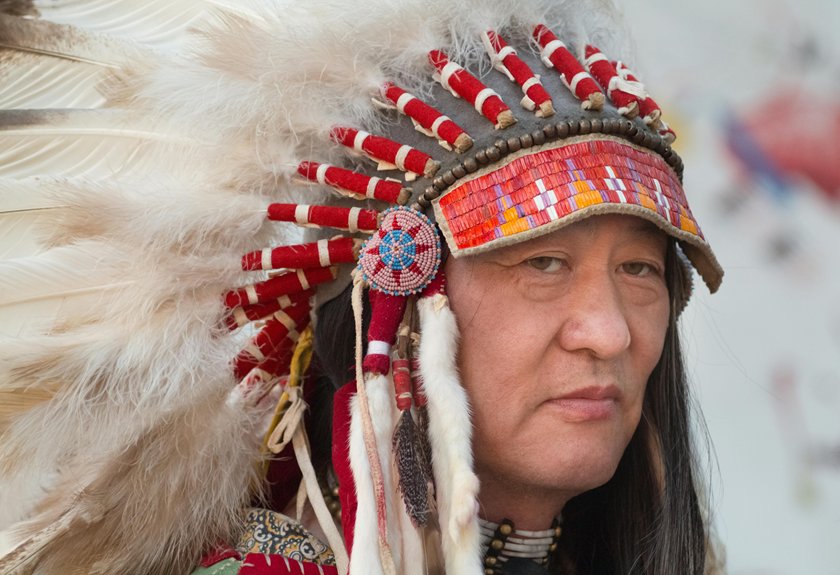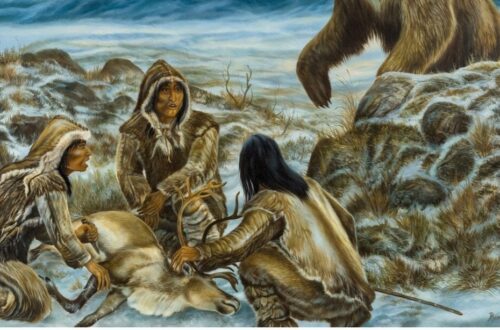When you explore the arrival of Native Americans in America, when you consider the Bering Land Bridge, when you examine ancient artifacts, you uncover a rich tapestry of history. Approximately 15,000 years ago, diverse groups migrated across this land bridge, adapting to new environments and creating unique cultures. However, the story of their arrival isn’t as straightforward as it seems. What does ongoing research reveal about their journey and its implications for understanding Indigenous heritage?
The Bering Land Bridge: A Gateway to America
As you explore the rich history of Native Americans, it’s fascinating to contemplate the Bering Land Bridge, which served as an essential gateway to the Americas.
This land connection, existing during the last Ice Age, allowed diverse groups to migrate from Asia into North America. Imagine the journeys undertaken by these early peoples, facing the unknown as they traversed this vast expanse.
They brought with them unique cultures, languages, and knowledge, each contributing to the rich tapestry of what would eventually become Indigenous life in America.
Understanding this migration not only highlights the resilience of these communities but also invites you to appreciate their profound connection to the land, shaping their identities and traditions for millennia to come.
The Last Ice Age: Environmental Conditions and Migration
The Bering Land Bridge wasn’t just a passage; it was a lifeline during the Last Ice Age, a period marked by dramatic environmental changes that shaped the migration of early peoples.
As glaciers expanded, sea levels dropped, exposing this bridge and allowing groups to traverse from Asia to North America. You can imagine the rugged terrain and shifting climates they faced, from frigid conditions to open grasslands.
These early migrants adapted to their surroundings, seeking resources and following herds of animals. The changing environment required resilience and ingenuity, influencing their cultures and ways of life.
Each step taken across that land bridge was a journey into the unknown, laying the foundation for diverse Native American societies that would flourish for millennia.
Archaeological Evidence of Early Settlements
While exploring the rich tapestry of Native American history, you’ll find that archaeological evidence reveals much about early settlements across North America.
These findings help us understand the diverse cultures and lifestyles that flourished long before European contact. Here are some key pieces of evidence:
- Clovis Points: These distinctive stone tools, dating back over 13,000 years, indicate sophisticated hunting practices.
- Earthworks: Structures like the Serpent Mound show advanced engineering and community organization.
- Village Sites: Excavations in areas like Cahokia reveal complex societies with trade networks and social hierarchies.
- Petroglyphs: Rock art provides insights into the spiritual beliefs and daily life of early inhabitants.
These archaeological discoveries underscore the rich heritage and resilience of Native American cultures throughout history.
Genetic Studies and Their Implications
Understanding the genetic studies of Native Americans provides a fascinating glimpse into their ancient migrations and diverse ancestry.
These studies reveal that the ancestors of Native Americans likely crossed the Bering Land Bridge from Asia around 15,000 years ago. By analyzing DNA, scientists uncover connections between various tribes and broader populations, highlighting shared heritage and individual stories.
You’ll see that this genetic evidence challenges simplistic narratives, showing a rich tapestry of interactions and adaptations over millennia. The findings not only deepen our appreciation for Native American history but also encourage respect for their ongoing cultural legacy.
As you explore these genetic insights, remember that they reflect the resilience and complexity of Indigenous peoples throughout their long history in the Americas.
Cultural Adaptations of Early Native American Societies
As you explore the cultural adaptations of early Native American societies, you’ll discover how these communities skillfully navigated their environments to thrive across diverse landscapes.
Each group developed unique practices that reflected their surroundings and resources. Here are four key adaptations to reflect upon:
- Hunting and Gathering: Many tribes relied on seasonal cycles, using their knowledge of flora and fauna for sustenance.
- Agriculture: Societies like the Ancestral Puebloans cultivated crops, adapting farming techniques to suit arid climates.
- Housing: Structures varied from tipis to longhouses, showcasing adaptability to different weather and resources.
- Spiritual Practices: Beliefs often centered on nature, fostering a deep connection to the land and its cycles.
These adaptations highlight the resilience and ingenuity of early Native American societies.
Theories on Multiple Waves of Migration
How did the migration of early peoples shape the diverse cultures of Native Americans? Theories suggest that multiple waves of migration occurred, each bringing distinct groups with unique languages, traditions, and ways of life.
These early peoples likely traveled across the Bering Land Bridge and ventured southward, adapting to various environments. As they spread across the continent, you’ll see how their interactions with diverse landscapes influenced their cultural practices, from hunting techniques to agricultural methods.
Each migration wave contributed to a rich tapestry of cultural identities, demonstrating resilience and adaptability. Understanding these migrations helps you appreciate the complexity of Native American heritage and the profound connections these communities maintain with their history and the land.
The Role of Climate Change in Human Settlement
The migration of early peoples across North America wasn’t just shaped by their journeys; it was also influenced by the changing climate. As the environment evolved, so did the opportunities and challenges faced by these communities.
You can see how climate change played a significant role in settlement patterns through:
- Resource Availability: Shifts in climate affected food sources and water supply.
- Migration Routes: Ice ages and warming periods opened or closed pathways for movement.
- Habitat Changes: Alterations in landscapes forced groups to adapt their living conditions.
- Cultural Practices: Climate shifts influenced rituals, traditions, and social structures.
Understanding these dynamics highlights how deeply interconnected human survival and the environment have always been, showcasing resilience and adaptability in Native American history.
Ongoing Research and New Discoveries in Native American History
While ongoing research continues to unearth new insights into Native American history, it’s important to recognize the rich tapestry of cultures and experiences that have shaped these communities.
Archaeological discoveries and advanced technologies, like DNA analysis, are revealing deeper connections between tribes and their ancient ancestors. You might find it fascinating that recent findings suggest complex trade networks existed long before European contact, highlighting the ingenuity of these societies.
Additionally, oral histories are being validated through modern science, bridging the gap between tradition and contemporary understanding. As researchers endeavor to honor Indigenous perspectives, they’re uncovering stories that challenge misconceptions.
Engaging with these discoveries enriches our appreciation for the resilience and diversity of Native American histories.
